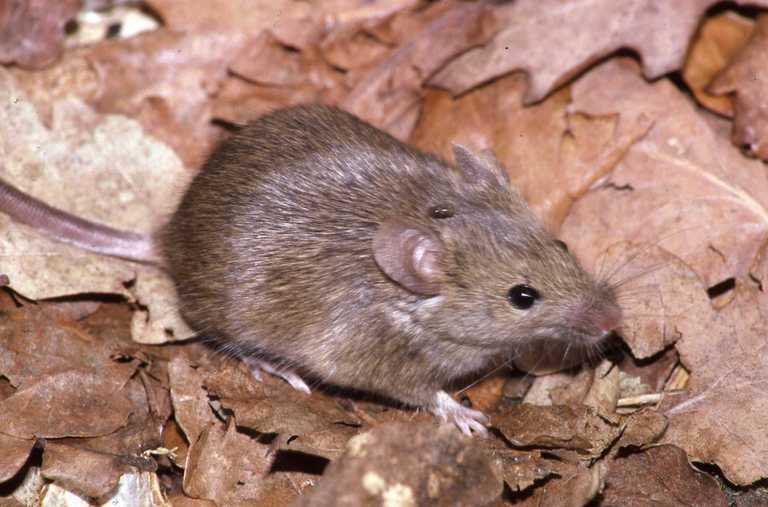Rats / Mice which are also known as rodents, are a source of concern since their urine and droppings, as well as the fleas on their bodies, have the potential to spread illnesses. They not only contaminate food but also inflict structural damage by nibbling. Rats flourish in areas with plenty of food, water, and shelter.
Rats may also spread illnesses including leptospirosis, hantavirus, and murine typhus to humans and animals by direct touch, breathing in dust polluted with rat urine or droppings, or being bitten by a flea from an infected rat.
Let’s look at the several varieties of rats that live in Singapore and analyze them:
There are three common types of rat species in Singapore, namely, the Rattus norvegicus(Sewer Rat), Rattus rattus species(Roof Rat) and Mus musculus(House Mouse).
1. Brown rat – Rattus norvegicus

Appearance
- Brown or grey rat with a head and body length of up to 28 cm (11 in) long, and a tail slightly shorter than that.
- Weighs between 140 and 500 g (5 and 173⁄4 oz).
- It has a blunt nose, small ears and a thicker body when compared to the Black Rat (Rattus rattus).
Are they dangerous?
Brown rats are aggressive and are one of the two most deadly and ubiquitous rodents that coexist with humanity. They will flee from danger, but if cornered, they may attack in groups and transmit illnesses by biting humans and polluting food, as well as indirectly by carrying lice and fleas.
They have historically been vectors for bubonic plague, leptospirosis, tularemia, spotted fever, Hanta virus, typhus, salmonella food poisoning, infectious jaundice, and a variety of other illnesses.
Disease concerns are particularly concerning due of their preferential vicinity to people, who unintentionally supply food and shelter for them. Their reproduction rates are similarly alarming. They have been known to bite newborns in their cribs because the smell of milk draws them.
Where do they live?
Brown Rats will dwell anywhere there is food, water, and shelter. They will reside in roof spaces, wall cavities, or under floorboards in homes. They will burrow under grassy banks or beneath structures in gardens. Brown Rats have become the most common rodent in Singapore over the years.
2. Black rat – Rattus Rattus

Appearance
- Medium sized rat with relatively large ears and a tail that is nearly always longer than the body
- Weighs between 70 and 300 g and are between 16 and 22 cm in head and body length and a tail length of 19 cm or longer.
- Males are longer and heavier than are females.
Are they dangerous?
Many dangerous illnesses are carried by Black Rats and can be transmitted to people by their urine. Leptospirosis or Weil’s illness, Salmonella, Listeria, Toxoplasma gondii, and Hantavirus are a few examples.
Both black and brown rats are aggressive and can attack if confronted. In addition, black rats cause direct food losses to field crops, stored food, and food production chains, as well as indirect food losses such as packaging damage and feces contamination.
Where do they live?
Black rats can be found In urban areas around warehouses, residential buildings, and other human settlements in Singapore.
3.House Mouse – Mus musculus

Appearance
- Small size rats that do not exceed 20cm in total length, and its tail(6 to 10.5cm) is longer than the body (6 – 9.5cm).
- Weighs approximately between 12-30g.
- Their fur ranges in color from light brown to black, and they generally have white or buffy bellies.
- They have long tails that have very little fur and have circular rows of scales (annulations).
- Prominent black eyes, round ears and a pointed snout with long whiskers.
Are they dangerous?
Although house mouse are often considered to be cute by some people, they are a public health pest and can cause serious harm. House Mouse have been known to transmit dangerous infections such as Salmonella and Listeria to humans via their urine, droppings, and bedding. They do not generally bite (unless handled), however the health risks they bring with them from diseases and parasites remains a serious concern.
Where do they live?
House mouse thrive in and around human constructions, nesting in wall voids, storage boxes, attics, barns, sheds, lofts, basements, crawl spaces, cupboards, warehouses, and a variety of other places. They like to build their nests within 30 to 50 feet of food and water sources.
Let Pestoff help!
If you have a rat infestation or see the three types of rodents near your home or business, we always recommend contacting a professional pest control company that is trained in rodent management and has access to a variety of professional use to rodenticides that are not available to the general public.
Rodents are versatile, extremely agile, and reproduce quickly, making rodent management challenging for the untrained human. However, if you opt to do the task yourself, you may get amateur-use poisons and traps at a hardware shop or garden centre.
Most rats are apprehensive of new items in their habitat, such as traps or poisons, and will avoid them for a period of time before examining them, so don’t anticipate fast results. When putting poison or traps in place, ensure sure they are out of reach of youngsters and pets.







